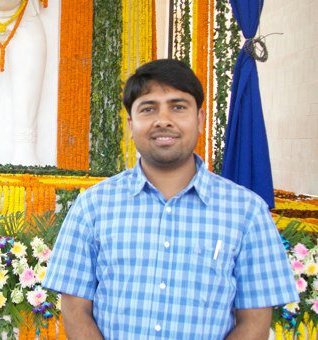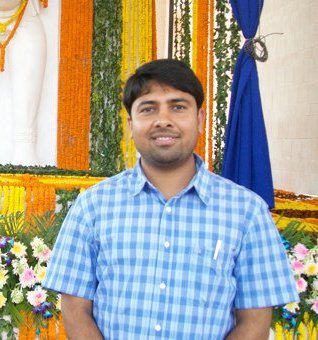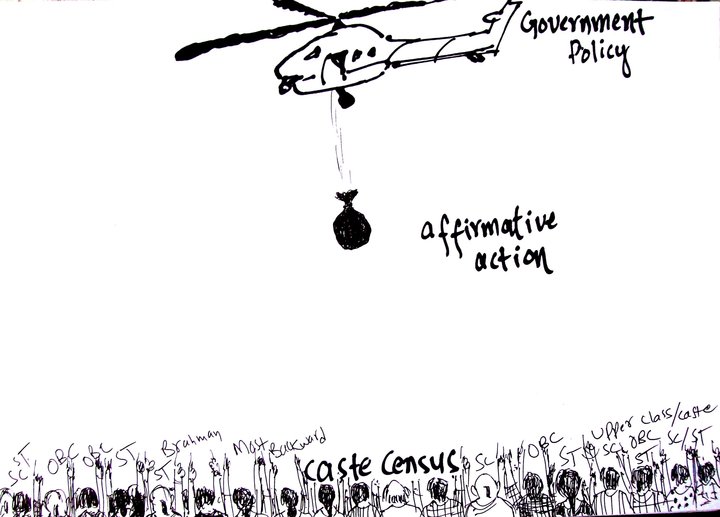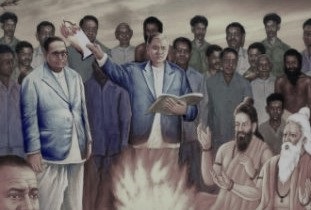Gail Omvedt (First published in February 2003) The antagonism to conversion rests on an ideological foundation which takes ethnicity, that is a presumed community of blood and heritage, as central. IN 1996, during a six-month employment in Bhubaneshwar, fascinated by the beauty and antiquity of the area, I travelled with friends to Konarak and to …
Hindutva and ethnicity






